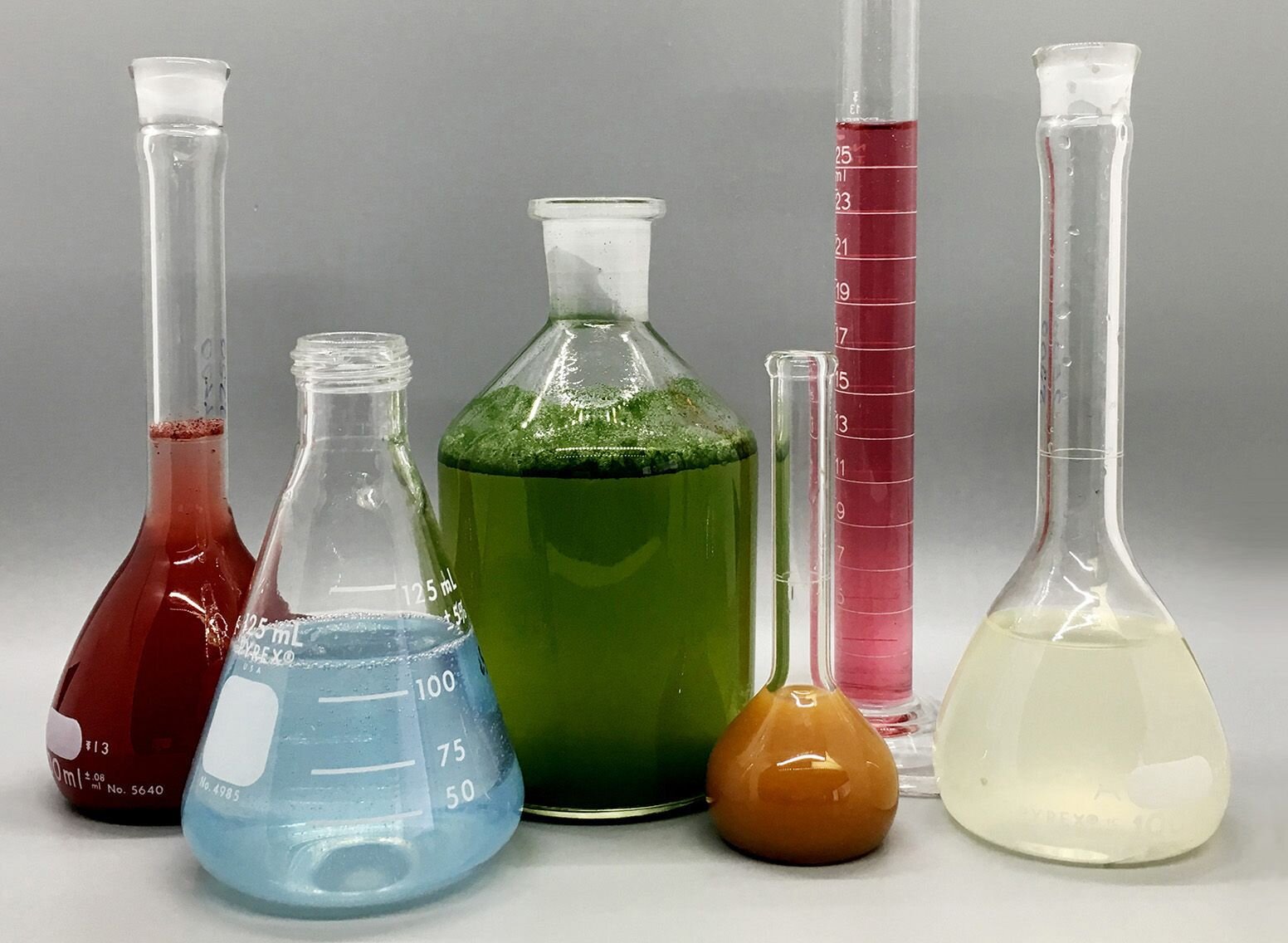Some Of Spectrophotometers
Some Of Spectrophotometers
Blog Article
All About Spectrophotometers
Table of ContentsThe Best Guide To Uv/vis/nirAll About SpectrophotometersOur Spectrophotometers IdeasThings about SpectrophotometersThe Buzz on Circular Dichroism

Spectrophotometry is most frequently applied to ultraviolet, noticeable, and infrared radiation, modern-day spectrophotometers can question wide swaths of the electro-magnetic spectrum, including x-ray, ultraviolet, visible, infrared, and/or microwave wavelengths. Spectrophotometry is a tool that depends upon the quantitative analysis of molecules depending upon just how much light is soaked up by colored compounds.
About Spectrophotometers
A spectrophotometer is frequently utilized for the measurement of transmittance or reflectance of options, transparent or opaque solids, such as polished glass, or gases. Although many biochemicals are colored, as in, they soak up noticeable light and for that reason can be measured by colorimetric procedures, even colorless biochemicals can frequently be converted to colored substances ideal for chromogenic color-forming reactions to yield substances ideal for colorimetric analysis.: 65 However, they can also be developed to measure the diffusivity on any of the noted light varieties that generally cover around 2002500 nm utilizing various controls and calibrations.
An example of an experiment in which spectrophotometry is used is the decision of the equilibrium constant of a service. A specific chain reaction within a service might occur in a forward and reverse instructions, where reactants form products and items break down into reactants. At some time, this chain reaction will reach a point of balance called a balance point.
Our Uv/vis Ideas
The quantity of light that passes through the option is indicative of the concentration of certain chemicals that do not allow light to pass through. The absorption of light is because of the interaction of light with the electronic and vibrational modes of particles. Each type of particle has a private set of energy levels associated with the makeup of its chemical bonds and nuclei and therefore will take in light of particular wavelengths, or energies, resulting in unique spectral residential or commercial properties.
Using spectrophotometers covers different clinical fields, such as physics, materials science, chemistry, biochemistry. spectrophotometers, chemical engineering, and molecular biology. They are widely utilized in numerous markets consisting of semiconductors, laser and optical manufacturing, printing and forensic assessment, in addition to in labs for the research study of chemical compounds. Spectrophotometry is frequently used in measurements of enzyme activities, determinations of protein concentrations, decisions of enzymatic kinetic constants, and measurements of ligand binding reactions.: 65 Eventually, a spectrophotometer is able to figure out, depending on the control or calibration, what compounds are present in a target and precisely how much through calculations of observed wavelengths.
This would come as a solution to the formerly produced spectrophotometers which were unable to take in the ultraviolet correctly.
The Basic Principles Of Spectrophotometers
It would be found that this did not offer acceptable results, for that reason in Model B, there was a shift from a glass to a quartz prism which permitted for much better absorbance results - circularly polarized luminescence (http://go.bubbl.us/df2308/dba3?/New-Mind-Map). From there, Model C was born with a change to the wavelength resolution which wound up having 3 systems of it produced
It was produced from 1941 to 1976 where the rate for it in 1941 was US$723 (far-UV accessories were a choice at additional expense). In the words of Nobel chemistry laureate Bruce Merrifield, it was "most likely the most essential instrument ever developed towards the advancement of bioscience." Once it became discontinued in 1976, Hewlett-Packard developed the very first commercially offered diode-array spectrophotometer in 1979 referred to as the HP 8450A. It irradiates the sample with polychromatic light which the sample takes in depending on its residential or commercial properties. It is sent back by grating the photodiode variety which identifies the wavelength area of the spectrum. Check This Out Ever since, the creation and implementation of spectrophotometry gadgets has actually increased immensely and has turned into one of the most ingenious instruments of our time.

The Best Strategy To Use For Spectrophotometers
The grating can either be movable or fixed.
In such systems, the grating is repaired and the intensity of each wavelength of light is measured by a various detector in the variety. When making transmission measurements, the spectrophotometer quantitatively compares the portion of light that passes through a recommendation solution and a test solution, then electronically compares the strengths of the two signals and computes the percentage of transmission of the sample compared to the referral requirement.

Report this page